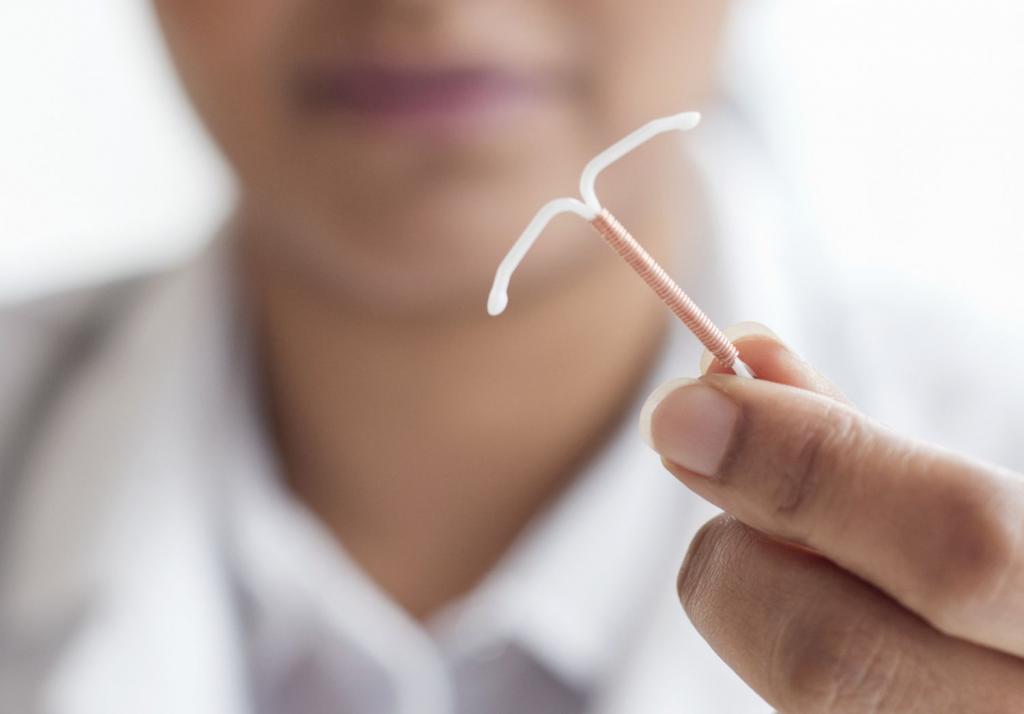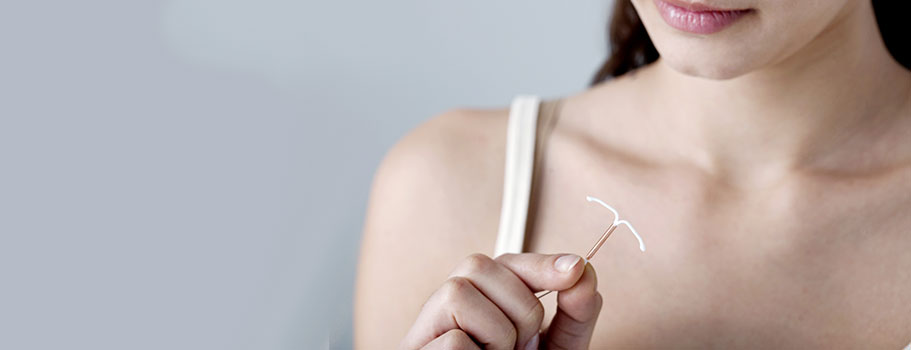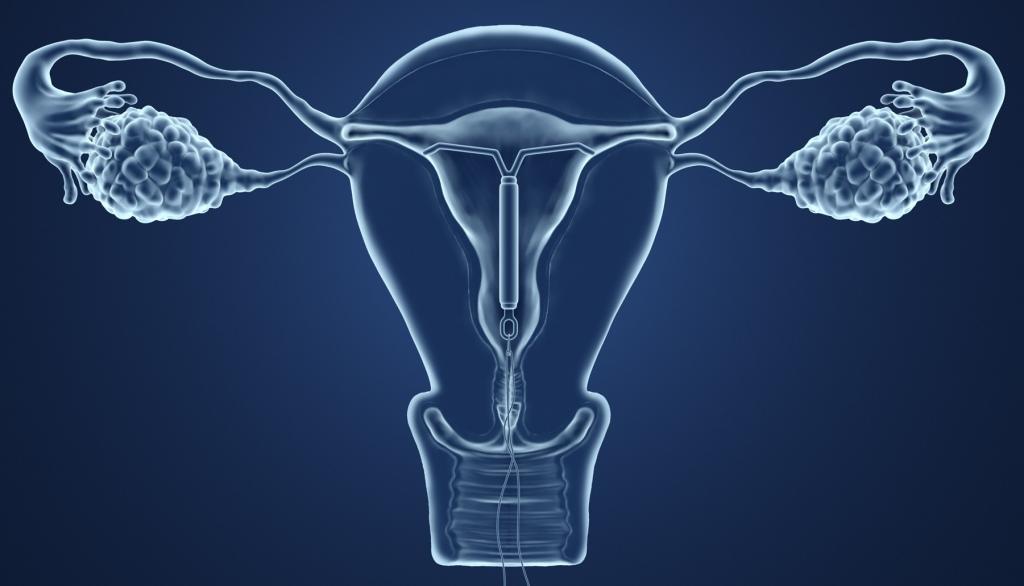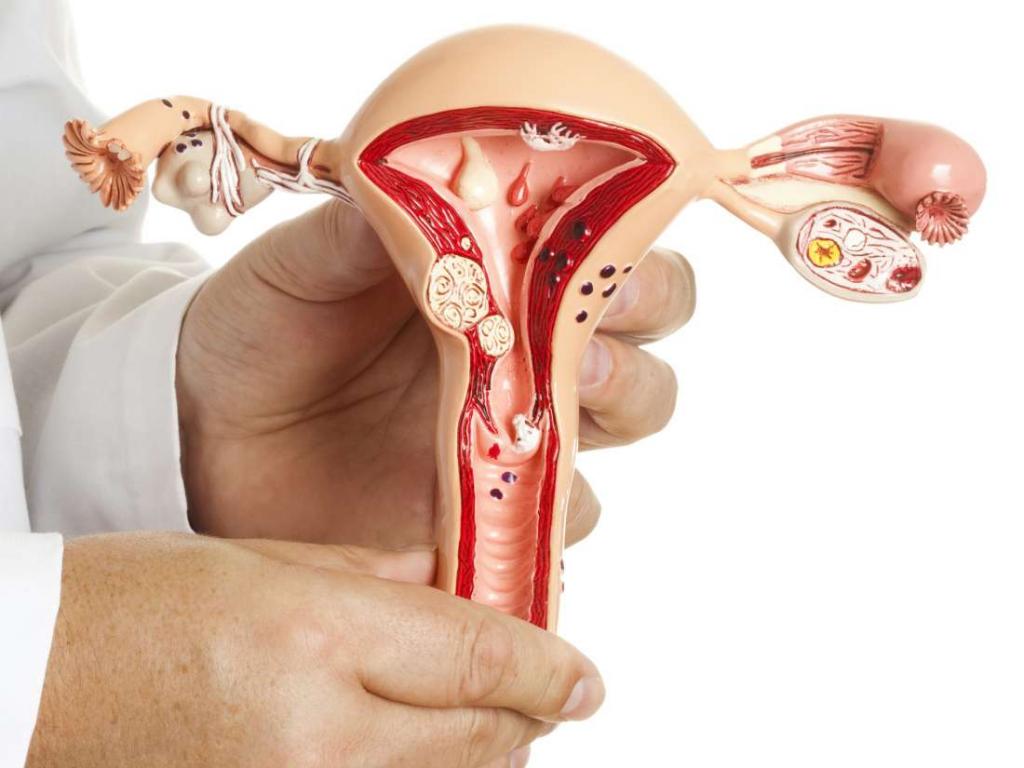In the article, we will consider how the removal of the intrauterine device is performed.
The use of these devices as contraceptives has a number of certain advantages. However, despite the fact that this method of preventing the occurrence of an unwanted pregnancy is effective, economical, and long-term, removing an intrauterine device in a certain period of time is a necessary procedure.
The timing
The duration of use of these contraceptives can vary in the range of 3-15 years.
Not everyone knows when to remove the intrauterine device.

The term of use depends on what kind of device is used, as well as on the material from which it is made:
- IUDs containing copper can be used for 3-5 years.
- Navy based on silver, hormone-releasing - 5-7 years.
- Navy made using gold - 10-15 years.
The intrauterine device should be removed if there are the following indications:
- Gynecological pathologies, including inflammatory processes, tumors, bleeding, pain.
- The onset of menopause.
- The onset of conception.
- Deposition (expulsion) or displacement of the spiral.
- Switching to another type of contraception.
- Pregnancy planning.
- End of life.
If the patient is diagnosed with uterine fibroids, which has a small volume, the installation of a spiral with gestagen is not contraindicated. In the case when the neoplasm begins to actively increase in size against the background of the use of a contraceptive, an intrauterine device should be removed.
What is the process?
Extraction of the intrauterine device refers to minor medical manipulations. It is forbidden to independently take a contraceptive, as there is a risk of violating the integrity of the mucous membranes of the uterus, the development of inflammation, infection. Incorrect extraction of the IUD in some cases leads to rupture of the antennae, the movement of the contraceptive into the cervical canal. Such situations are always accompanied by the development of severe pain.

For removal of the intrauterine device, the code according to ICD-10 is A11.20.015 .
Uterine Helix Extraction Preparation
As a rule, removal of the intrauterine device is carried out in an outpatient setting. Performing manipulations should be carried out in conditions of aseptic and antiseptic. Before removing the spiral, the gynecologist conducts a general examination of the patient.
At the preparatory stage of the removal of the spiral are performed:
- Colposcopy.
- Ultrasound examination of organs located in the pelvis.
- Laboratory study of a smear on the flora, oncocytology.
- General laboratory examination of blood samples, urine.
So, find out how to remove the intrauterine device.
Extraction
Extraction of contraception is carried out after examination of the vagina and uterine neck. To carry out the procedure, the use of gynecological mirrors will be required - with their help, the gynecologist exposes the vaginal part of the uterine neck. To prevent the development of inflammation and the penetration of pathogens, the mucosa is treated with any antiseptic drug.
What intrauterine device removal tools are used?
To remove the spiral, the doctor grabs its antennae, which are the control threads of the product, with a forceps or tweezers. With the help of medical instruments, a specialist slowly removes it from the uterine cavity.
There are no deadlines for spiral extraction. Nevertheless, it is recommended to remove the device during menstruation, since during this period, the opening of the uterine neck pharynx occurs. This greatly facilitates the procedure for extracting the spiral, making it less painful. The first and last days of menstruation are considered the most favorable periods for manipulation, since at this time there are no intensive discharge.
It is worth noting that a new contraceptive can be administered immediately if a woman has no contraindications.
How to remove the intrauterine device after menopause is interesting to many.

Helix removal without antennae
In some cases, during the extraction of the spiral, its antennae (thread) comes off. In this case, the product is removed using a special hook. If the antennae cannot be visualized, it is recommended to perform the extraction procedure using ultrasonic equipment. In time, the removal of a spiral that does not have antennae can be longer.
How is the removal of the ingrown intrauterine device?
Probability of ingrowth
In some cases, there is a growth of a contraceptive in the wall of the uterus. This happens, as a rule, if the patient misses an adequate spiral extraction time. Such a complication leads to the fact that it is not possible to remove the spiral in the usual way in an outpatient setting.
In this case, the spiral is removed after hospitalization of the patient in the gynecological department of the hospital. Removal is performed under general anesthesia using a curettage technique. In this process is controlled using a hysteroscope. A hysteroscope is a device that is used for the diagnosis and treatment of uterine pathologies. Special equipment is introduced through the cervical canal to remove the neoplasm or to take samples of tissue structures for subsequent histological examination.
In some cases, there is no possibility of removing the intrauterine device through the cervical canal, for example, if artesia or its overgrowth is observed. In this case, the gynecologists apply a laparoscopic technique to remove the IUD through the abdominal cavity. Such an operation is performed under general anesthesia. In the rehabilitation period, the woman is recommended the use of antibiotic medicines, anti-inflammatory drugs. Mandatory examination in this case is ultrasound diagnostics.

Soreness of IUD extraction procedure
Gynecologists do not get tired to emphasize that the extraction of the intrauterine device, if the woman did not have inflammation and complications during her use, occurs very quickly and without any consequences. During the manipulation of the extraction of the spiral, the woman, as a rule, does not experience pain.
The installation of a contraceptive is considered to be a more complex and time-consuming process in comparison with its extraction. The removal procedure lasts in most cases no more than a few minutes.
It is no secret that the pain threshold for each woman is individual. If the patient is very afraid of manipulation, the use of any pain medication is allowed. If the pain threshold is low enough, it is allowed to use a local anesthetic, for example, Lidocaine spray.
Possible complications after removal of the IUD
In fact, the IUD is a foreign body, sometimes provoking various complications. After removing the spiral, a woman may develop consequences such as:
- Inflammation of the uterus.
- Acute and chronic forms of endometritis.
- Bleeding.
After the spiral is removed, a woman may notice the following symptoms:
- Spotting is moderate.
- Soreness in the pelvic area.
- Abdominal cramps.

The presence of aching pains resembling menstrual is not considered a pathological situation, does not require a gynecologist's consultation. The occurrence of secretions that have an unpleasant odor, fever, poor health - a direct reason for getting medical care.
The development of inflammation after extraction
Manipulating a spiral is a simple procedure. If there are no complications and surgical intervention, the patient is recommended to adhere to a number of some rules:
- Refusal of douching and the use of tampons.
- Exclusion of visits to the beach, sauna, bath.
- Compliance with recommendations regarding intimate hygiene.
- Reducing the intensity of physical activity.
- Compliance with sexual rest for several days.
With prolonged use of the intrauterine device, serious consequences can develop. It is important that a woman removes a contraceptive as soon as her life span has ended.
It is worth noting that the spiral can cause the development of inflammation, uncomfortable sensations, so you should not wait until the end of its life, if there are such complaints.
After removal of the IUD in some cases, the nature of the menstrual cycle may change. The duration of the recovery period can vary and reach several months.
How long the recovery period will last, factors such as:
- Psycho-emotional state of the patient.
- The presence of concomitant pathologies.
- The level of thinning of the endometrium.
- Duration of wearing the intrauterine device.
- The age of the patient.
- A kind of spiral (simple or hormone-containing).
After removing the spiral, menstruation can be:
- Scanty due to the inhibited functionality of the ovaries.
- Abundant, which in some cases may indicate the presence of an inflammatory process.
It is worth paying attention that the maximum recovery period can last 4 cycles.

Procedure cost
In some clinics, the cost of manipulations to remove the IUD includes gynecological examination and preliminary diagnostics. The average cost of an IUD removal procedure in Russian clinics is 1,500-2,000 rubles.
Where can I remove the intrauterine device? A doctor will also be able to consult a woman in advance.
You can remove a contraceptive from almost any gynecologist in a public or private clinic.
Thus, the spiral should be removed in a timely manner, the life of the product is determined by its variety and the individual characteristics of the female body. If pathological symptoms appear, removal of the IUD before the end of its operational period is indicated. Subject to the advice and recommendations of a gynecologist, the use of an intrauterine device does not cause a woman any inconvenience and does not cause any complications.

Reviews on the removal of the intrauterine device
Women respond to intrauterine devices, as a rule, positively, since this method of contraception has several advantages over other methods. However, contraception using a spiral is not as common as oral or barrier contraception. The process of removing the IUD (in the absence of a woman’s complication) also does not cause inconvenience - the manipulation is quick and, as a rule, painless.